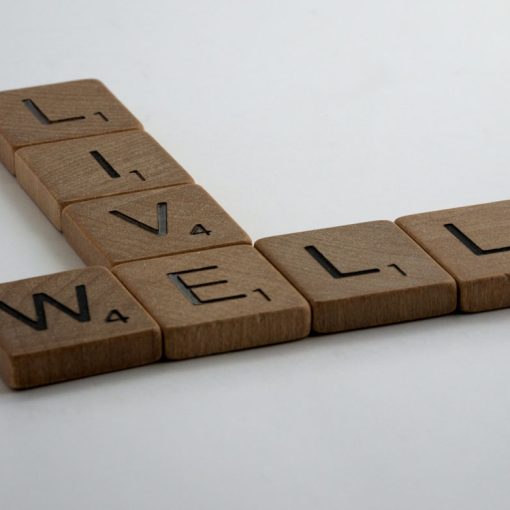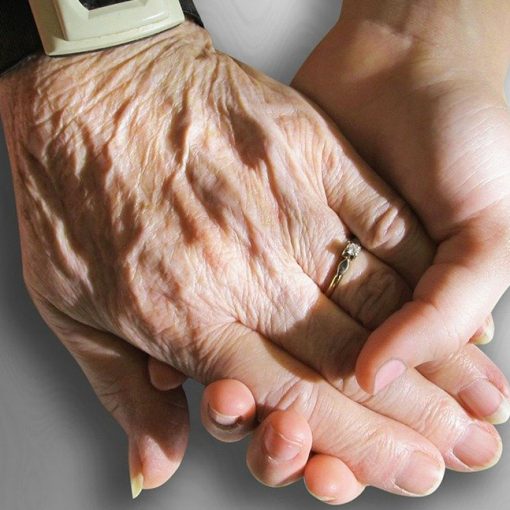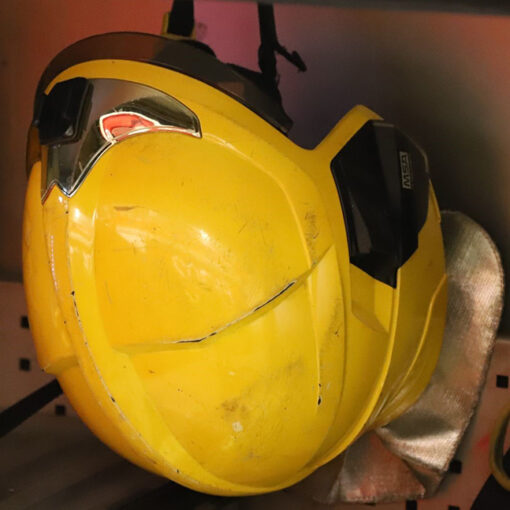Hospitals and other health care facilities have strict guidelines and hygiene protocols when caring for MRSA-carrying patients. Home care as a nursing environment differs greatly from hospitals and other health care facilities as clients of home care are cared for in their own homes. What are the proper hygiene practices regarding MRSA in home care and how are they implemented? A practice-based thesis was conducted on this topic and some of its contents are explored in the following text.
What is MRSA
MRSA (Methicillin-resistant Staphylococcus aureus) is a bacterium resistant to certain antibiotics. It causes infections varying from mild skin infections to more severe infections such as pneumonia and sepsis. MRSA is a challenging problem in health care as it is more difficult to treat due to its resistance to antibiotics and is more costly financially. MRSA is one of the healthcare-associated infections (HAI), and caring for patients carrying MRSA requires specific hygiene practices in order to prevent it from spreading to others. (Anttila 2020.)
Nursing staff are a significant source of MRSA transmission as they can transfer the bacteria from one patient to another especially due to lacking hygiene practice. (Robinson et al 2014.) MRSA increases mortality and can be fatal to a sickly elderly client, whom of which a majority of home care clients consist of. (Kolho et al 2020.)
A guidance tool for nurses
Today, videos are used as important tools in education. Educational videos are seen as highly effective in enhancing learning. (Brame 2016.)
An educational video was created as the product of a practice-based thesis (Ruotsalainen 2021). The video was directed to home care nurses and provided basic information on MRSA and instructions on how to practice appropriate hygiene when caring for clients carrying MRSA in the home care environment. The purpose of the video was to promote the knowledge of home care nurses on MRSA. This was intended to be a helpful tool for example when training new health care staff or nursing students in home care. Below is a link to the educational video.
MRSA Educational Video for Home Care
![[Alt text: An image from video. Animated woman, a nurse, tells why it is important to use PPE.]](https://blogit.lab.fi/labfocus/wp-content/uploads/sites/8/2021/12/700_2021_MRSA-in-Home-Care-an-Educational-Video-as-a-Guidance-Tool-for-Practicing-Proper-Hygiene.png)
Authors
Iida Ruotsalainen is a graduating nursing student at LAB University of Applied Sciences.
Hannele Tiittanen is a Principal Lecturer at LAB University of Applied Science.
References
Anttila, V. 2020b. MRSA (Metisilliinille Resistentti Staphylococcus Aureus). Lääkärikirja Duodecim. [Cited 10 Dec 2021]. Available at: https://www.terveyskirjasto.fi/dlk00586
Brame, C. 2016. Effective Educational Videos: Principles and Guidelines for Maximizing Student Learning from Video Content. CBE Life Sciences Education, 15, 4. DOI: 10.1187/cbe.16-03-0125.
Kolho, E., Lyytikäinen, O., Jalava, J. 2020. Ohje moniresistenttien mikrobien tartunnantorjunnasta. Ohjaus 2/2020. Terveyden ja hyvinvoinnin laitos. [Cited 10 Dec 2021]. Available at: https://www.julkari.fi/bitstream/handle/10024/139220/THL%20OHJ_2_2020_17.2.2020.pdf?sequence=4&isAllowed=y
Robinson, J., Edgley, A., Morell, J. 2014. MRSA care in the community: why patient education matters. Brittish Journal of Community Nursing,19, 9, 436-438. DOI: 10.12968/bjcn.2014.19.9.436
Ruotsalainen, I. 2021. Preventing the spread of MRSA in home care. Thesis. LAB University of Applied Sciences. [Cited 10 Dec 2021] Available at: https://urn.fi/URN:NBN:fi:amk-2021120323506
Videos
Video 1. Ruotsalainen, I. 2021. Miksi on tärkeää suojautua? Why is it important to use PPE? MRSA Educational Video for Home Care. Thesis. LAB University of Applied Sciences. In cooperation with Phhyky. [Cited 10 Dec 2021]. Available at: MRSA Educational Video for Home Care




